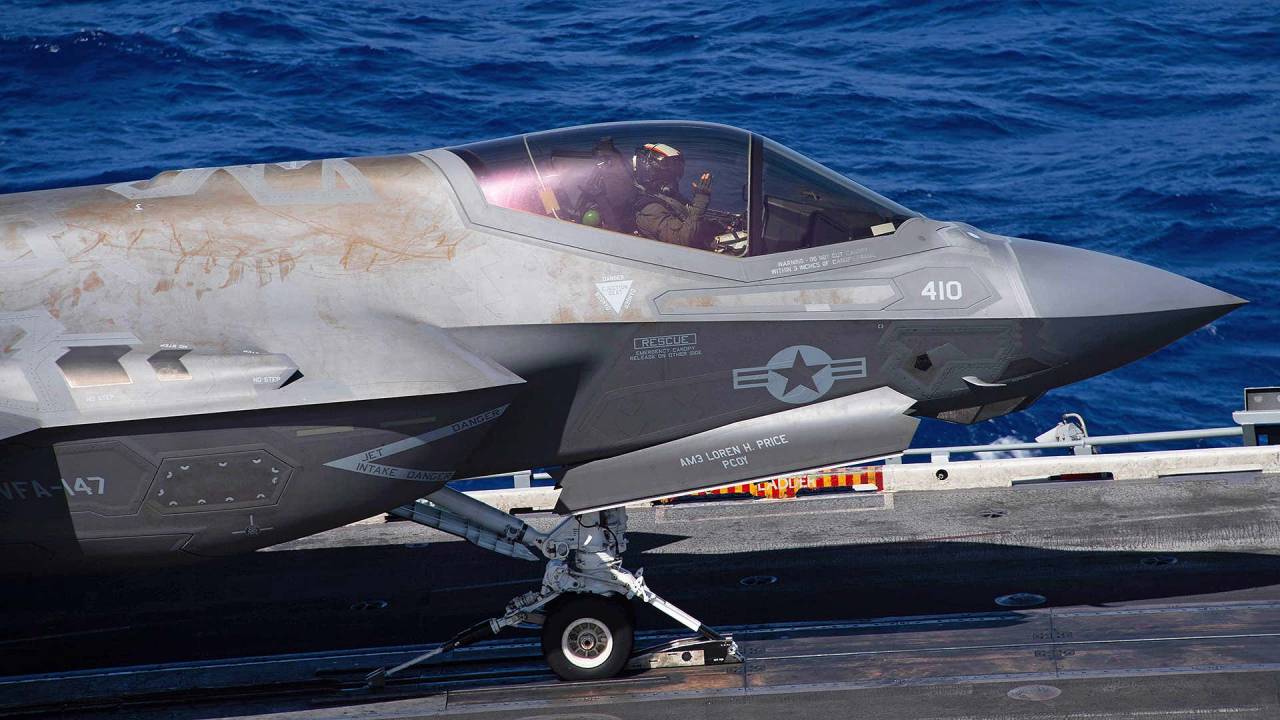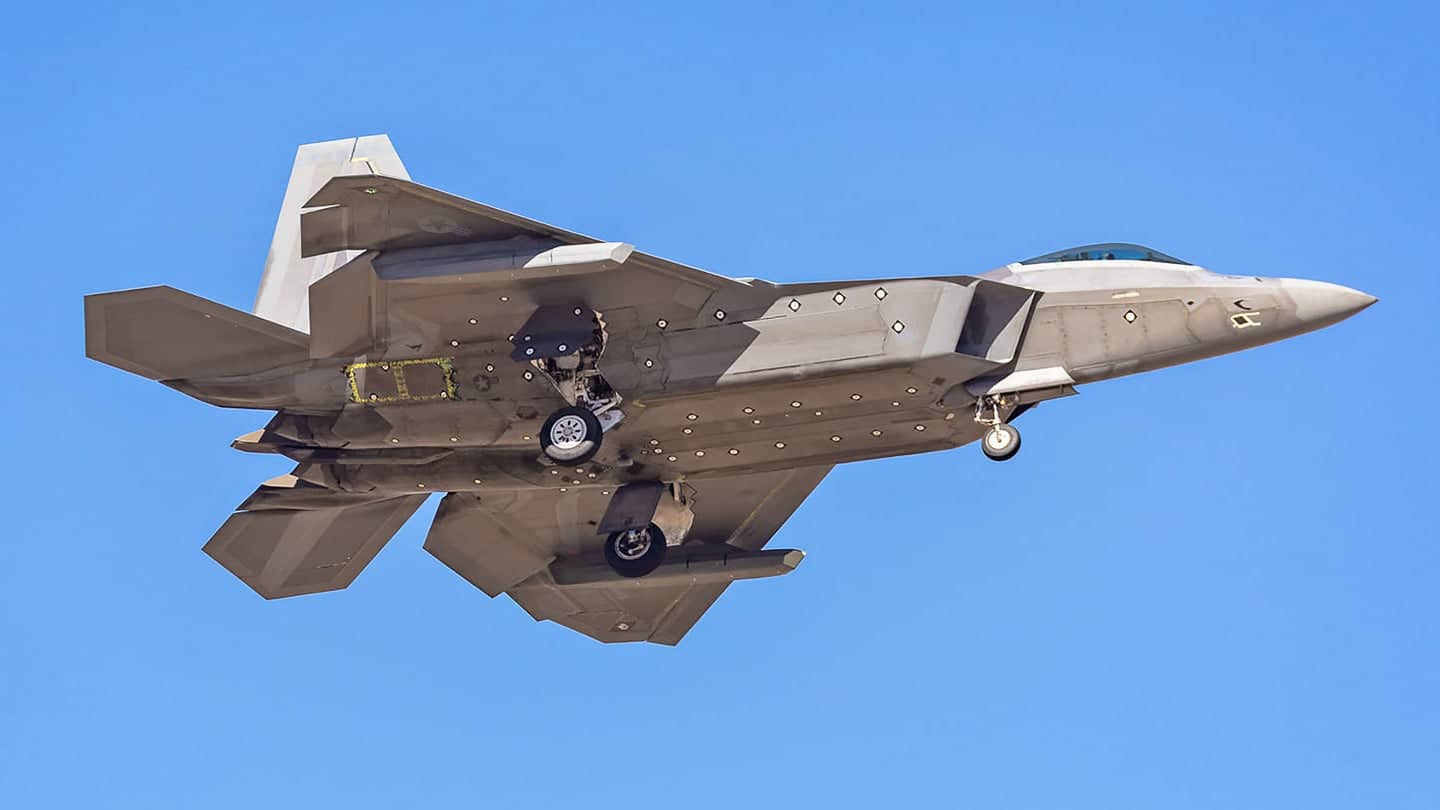altmann
Старожил
-я всего лишь акцентировал Ваше внимание на проблеме изготовления фонаря с цилиндрическим сечением в поперечнике. А уж создание оболочки с разной толщиной в зависимости от направления- это согласитесь задачка просто невыполнимая. Бескаркасный фонарь с любой т.зр. - вещь исключительно маркетинговая и никакой "заказчик" не станет на ровном месте требовать его создания- у технарей найдутся сотни аргументов против.(эт. к инфе, что под спойлером)Кгхм...
Если я не путаю, то тройная кривизна в данном случае подразумевает, что фонарь искривлён относительно плоскости симметрии самолёта.
Сомневаюсь, чтобы перед разработчиками фонарей ставили такую задачу.
I don’t know about today, but I can tell you that back in the early-1980’s it was an absolute bitch for General Electric to produce for the F-16. At that time my father was a Senior V.P. in General Electric Plastics managing the Lexan Division and working out of Pittsfield, Ma, the home of Lexan. In the executive office lobby they had a single F-16 canopy displayed and one day while visiting, I asked him why it was there.
Boy, did I get an earful! My father explained the basics of the vacu-forming process outlined in Mr. Keeter’s answer, but then he explained how it was nearly impossible to get it right as the Lexan was prone to optical distortion and the canopy had to have a neutral refractive index from every angle of visibility around the pilot’s head. He explained how the seat had to be adjusted to keep the pilot’s eye-line at just the right height for this effect to be achieved. He also moaned to me about the failure rate, saying that basically G.E. had to throw away about 2 out of every 3 produced.
“And that’s why that one piece of plastic costs us about $75,000 each to produce!”
In 1983 dollars, that was about the cost of our house. I was duly impressed.


